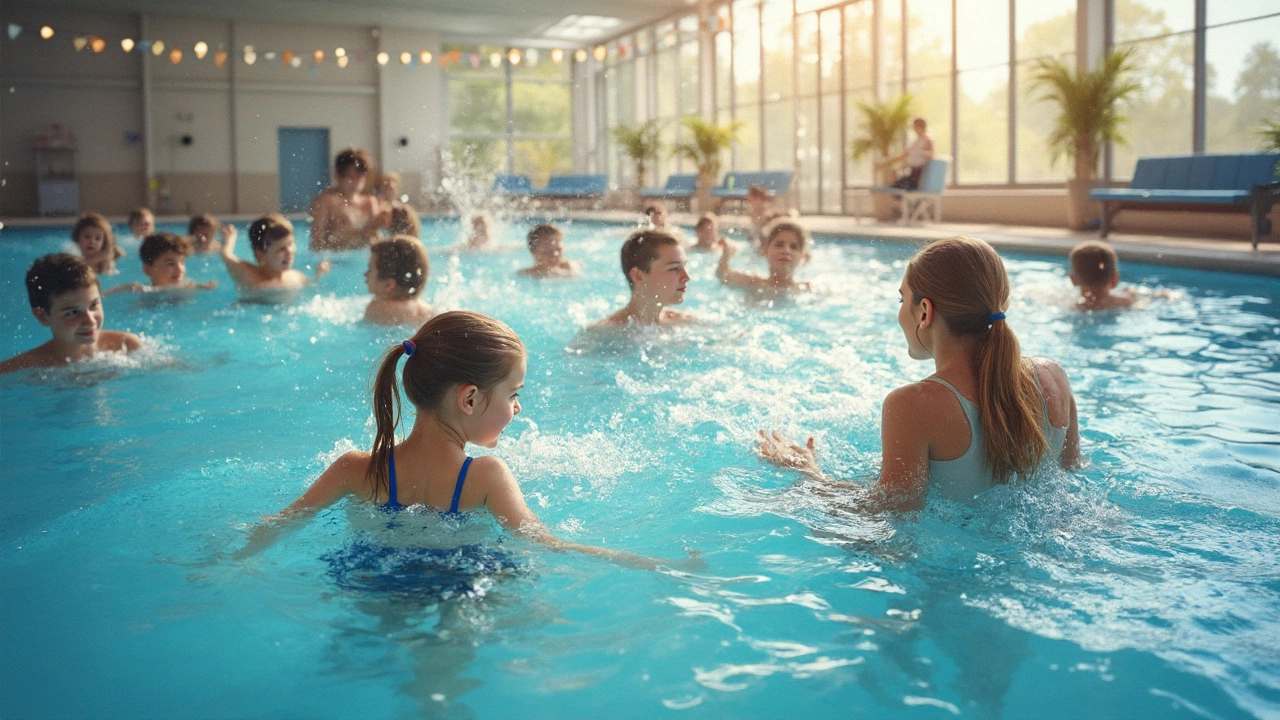
Swim Practice Made Simple: Real Tips for Better Strokes
Ever feel stuck in the pool, not getting faster or stronger? The missing piece is usually a clear, doable practice plan. Below you’ll find straight‑forward ideas you can start today, whether you’re a beginner or a seasoned swimmer.
Why Regular Swim Practice Matters
Consistent practice does more than just make you a better swimmer. Each session builds muscle memory, improves lung capacity, and burns calories. Think of it like learning a song on a guitar – the more you play, the easier the chords become. Skipping weeks resets that progress, so a steady routine keeps your body adapting and getting stronger.
Another plus is confidence. When you know your breathing pattern and can glide smoothly, you’ll feel less anxious about open‑water swims or races. That mental edge often translates into faster times without any extra effort.
Easy Swim Practice Tips for All Levels
1. Set a short, clear goal. Instead of "I’ll swim more," aim for "30 minutes of continuous freestyle" or "10 x 50 m drills with 15‑second rest." A specific target gives you a finish line and helps track progress.
2. Warm up with a purpose. Spend 5‑7 minutes mixing easy freestyle, backstroke, and a few high‑kick drills. A good warm‑up raises heart rate, loosens shoulders and prevents cramps.
3. Mix drill & distance. Alternate a technique drill (like fingertip drag or single‑arm pull) with a short distance swim. For example, do 4 × 25 m drill followed by 2 × 50 m moderate swim. This keeps the session engaging and fixes form issues on the fly.
4. Use interval timing. A simple interval timer (or a phone app) helps you stick to rest periods. Too much rest slows the workout; too little can cause sloppy strokes. Start with a 15‑second rest for short sets and adjust as fitness improves.
5. Finish with a cool‑down. Slow down with easy breaststroke or backstroke for 5 minutes, then stretch on the deck. This flushes out lactic acid and reduces soreness the next day.
Bonus tip: If you’re unsure about the best age to begin lessons, remember that kids as young as 4 can start basic water comfort drills, while proper technique training often begins around 7‑8 years old. Adults can jump in anytime – just focus on building a routine that fits your schedule.
Finally, keep a quick log. Jot down the set, distance, and how you felt. Over weeks you’ll spot patterns, celebrate gains, and know exactly where to tweak the plan.
Stick to these basics, stay consistent, and watch your swim practice turn into smoother, faster, and more enjoyable sessions.
